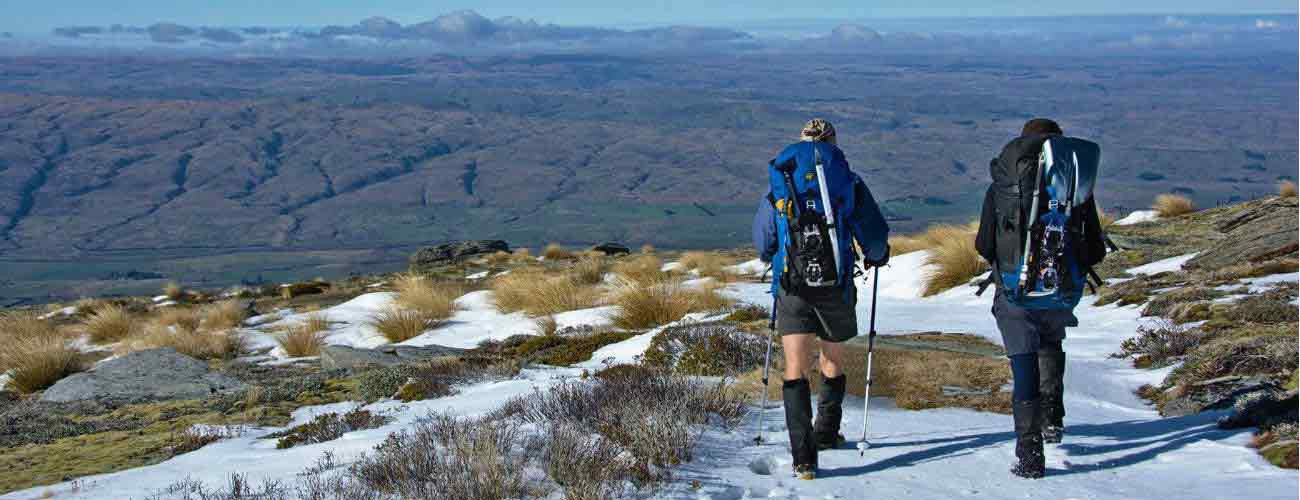Buyer's guide for compact travel binoculars
Choosing compact travel binoculars
Whether you are out hiking, heading away for a city break in Sydney or going on a round-the-world trip, it’s likely that you’ll want to be able to get a good view of the environment around you. To do this you’ll need a good pair of binoculars. But what are the best binoculars for travel?
Use our handy travel binoculars buyer's guide to help you choose the best binoculars for travel and find out all of the important features to look out for when you’re choosing your new binos. If this is your first time buying binoculars and you need some help understanding the basics of binocular specifications, then we suggest that you take a look at our generic buyers guide to help broaden your understanding.
What to look for in travel binoculars
Compact size
Travel binoculars need to be light weight, compact and as portable as possible to ensure that they fit easily into your backpack, handbag or coat pocket. After all, you want to be able to have your travel binoculars on hand at all times so that you never miss out on a good view, so there’s no point having a pair of travel binoculars that are too heavy and cumbersome to carry with you. For this reason, compact sized binoculars are always recommended as the best all round travel binoculars.
Most brands of binoculars will offer a compact option. Compact binoculars are generally characterised by a lightweight and slim housing and small objective lenses. Many compact binoculars also have a hinged design so that they can be folded down into an even smaller size when they’re not in use.
What’s the best magnification for travel binoculars?
High magnification binoculars allow you to see longer distances and see more detail, and because of this, many people fall under the illusion that the higher the magnification the better. This isn’t necessarily the case for a number of reasons. Firstly, high magnification binoculars are hard to stabilise, meaning that any small movement of the hands can lead to shaky and blurry images. Secondly, higher magnification binoculars have a smaller field of view than their lower magnification counterparts, meaning that the actual width of the view that you can see with more highly magnified binoculars is much more restricted.
With this in mind, the best magnification for compact travel binoculars is between 8-10x, as these specifications provide a perfect balance between being able to see a wide enough view of the landscape around you (field of view), being able to see objects of interest in enough detail, and having stable images without the need of a tripod.
What’s the best lens size for travel binoculars?
The larger the lenses of a pair of binoculars, the more light that they are able to transmit through them, and the brighter the image you will be able to see, allowing you to use your binoculars in low light levels. Unfortunately, larger lenses also lead to larger, heavier, more bulky binoculars that are less portable and aren’t easily transported. So unless you plan on using your travel binoculars in low light conditions such as dawn and dusk, then we’d advise you to choose binoculars with smaller lenses.
Compact binoculars are designed with portability in mind, and lens sizes often range between 20mm and 30mm wide. Binoculars with lenses of this size are perfect for day time viewing and can easily be slipped into your pocket.
What other features should I look for?
If you plan on using your binoculars in damp environments such as in the rainforest or in a very humid country, then you might want to think about choosing a pair that are both waterproof and fogproof.
If you’re taking your binoculars our hiking, or backpacking and you think that there is a chance that they will get banged around a little, or that you may accidentally drop them, then you may also want to consider binoculars that have a rubber coating to help protect them from bumps and scrapes.









